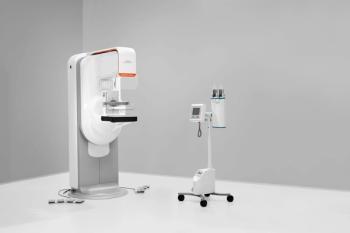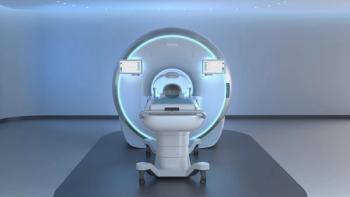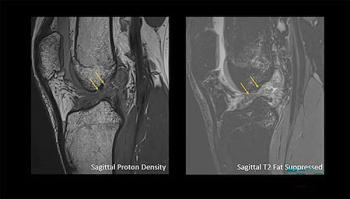
TME plans for managed care world
Imaging center chains must control what they pay for center acquisitionsif they hope to compete in a managed-care-driven U.S. health-caresystem. Many center partnerships continue to request prices thatare too high, considering how cost-driven the imaging
Imaging center chains must control what they pay for center acquisitionsif they hope to compete in a managed-care-driven U.S. health-caresystem. Many center partnerships continue to request prices thatare too high, considering how cost-driven the imaging servicesmarket is likely to become with changes in the national health-caresystem, said Cherrill Farnsworth, chairman and president of TME.
"Centers are still selling at high (earning) multiples.We are cautious and exercising a tremendous amount of deal discipline,considering what will happen with managed competition," shetold SCAN. "We want to be able to compete for insurance contractswhen the time comes, which means we can't overpay now. It is noteasy (to resist) when you know all you have to do is bid another$500,000 or $1 million. We have been very structured in how welook at these (center acquisitions)."
The Houston-based TME had hoped last year to lead the chargeinto industry consolidation but couldn't find an attractive orwilling partner. The firm is focused now on internal growth andexpansion through new center development and some acquisitions,Farnsworth told SCAN.
TME sold two Houston centers this year that did not fit intothe firm's strategic requirements for operations and structure.Most of TME's centers have outsourcing relationships with hospitalsand universities. The two Houston centers, on the other hand,were nonaffiliated sites started by a former TME medical director.
"We looked at (the centers) and thought, 'We could workhard and bring them into our typical plan or divest ourselvesand do something different in the medical center area.' (The latter)is what we chose to do," she said.
When weighing whether to buy out an existing physician partnershipor develop a new center, uncertainties about post-acquisitionreferrals tend to shift the balance from established to new sites.A new center with an MR system can be built for around $3.5 million,she said.
"To go out and spend $9 million for an (established) centerreally hurts your feelings," Farnsworth said. "It lookslike we are going to develop new ones instead of participate inthe acquisition mania."
Outside funding sources for center acquisitions have droppedbecause of uncertainty regarding coming health-care changes,Farnsworth said, but the impact has been felt mainly in debt financing.
TME has lines of credit in place and a cash base built throughpartnership equity. But the firm has not been able to use thesefunds to fuel growth, as it had originally hoped to do. TME currentlyoperates 20 imaging centers, one less than it had a year ago (SCAN8/26/92).
"We are sitting on $26 million trying to invest it. Wewould like to grow," Farnsworth said.
In January TME bought a New Orleans center on the campus ofLakeland Medical Center, a former Humana hospital, and has appliedfor a certificate of need to build a second center for ThomasJefferson University in Philadelphia, she said.
The firm is also expanding existing sites in order to createthe multifunctional, high-performance centers that will draw managedcare business.
A 0.35-tesla Toshiba (formerly Diasonics) MRI system is beingreplaced with a new 1.5-Tesla Siemens unit at TME's Los GatosMRI center in California. The switch is part of a strategic decisionto replace all old Diasonics mid-field systems with high-fieldscanners. TME bought Diasonics MRI equipment exclusively duringits first five years and for its first 13 centers (SCAN 10/12/88).
The switch to high-field stems from TME's belief that insurancecustomers will be in the market for the highest quality medicalimages at the best price, Farnsworth said. High-field MRI offersadditional advantages over mid-field in its breadth of applicationsand speed.
Differentiation of imaging services will be the key to attractingmanaged-care customers. In some cases, low-field systems adjunctiveto high-field scanning can add a competitive edge.
TME is installing its first 0.3-tesla Hitachi permanent magnetMRI system at Riverside MRI Center in California alongside anexisting Siemens high-field scanner. The open-bore Hitachi unitwill allow Riverside to offer the cine sports medicine servicesand large-patient scanning that complement MR angiography andother high-field applications, she said.
"It is so competitive in Southern California that I thinkyou have to be doing something a little extra in order to getthat deal with the managed care provider," Farnsworth said.
Newsletter
Stay at the forefront of radiology with the Diagnostic Imaging newsletter, delivering the latest news, clinical insights, and imaging advancements for today’s radiologists.




























